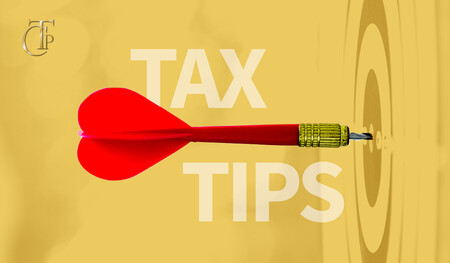
Let’s start with payroll costs. Under the old rule, we had a ratio of payroll to non-payroll costs that was extremely tight. Now, non-payroll costs can go up to 40% of the loan proceeds to be eligible for the total forgiveness cost.
Eligible expenses go well beyond rent and utilities. Under the new law, these eligible expenses include any kind of business software or cloud computing expenses that support a business during the pandemic. Even tracking systems or software like payroll expenses qualify, if they were brought on by the pandemic.
Let’s say, for example, you bought a piece of software that tracks employees’ temperatures in the office as a condition of being able to reopen. That is now considered an eligible cost for PPP. An additional category is any cost incurred to repair property because of looting or vandalism as a result of protests or public disturbances, as long as these expenses were not reimbursed through insurance.
Please keep in mind throughout this entire discussion that we are only talking about non-reimbursed expenses. That’s an important point. If you had business interruption insurance that covered payroll or replaced revenue, that’s certainly NOT going to qualify as a forgivable expense.
Another category that is now covered: supplier costs. If you a) have a supplier of goods that are essential to your operation, b) were continuing to purchase goods under a contract in effect during the covered period or c) purchased perishable goods and you had to keep fulfilling that contract, those are ALL considered eligible expenses for forgiveness.
Even beyond facility repair and maintenance, any changes to adapt a business due to Department of Health Guidelines qualify. Maybe you had to build partitions, install air purifiers, reconfigure the office, or modify and expand outdoors, all of which are qualifying expenses.
Throughout all of this, please keep in mind: changes made to residential real property do not count. There were early questions about home office modifications. And if you’re renovating your home office, that does NOT count!
Click here to find out how you can save your clients even more by becoming a Certified Tax Coach!





